It is important to remember that practitioners were successfully treating health conditions long before western medicine was developed. Fortunately, the medical community is now starting to recognize the value of many time-tested therapies including nutrition, body manipulation and acupuncture.
Many of our forebears may have suffered from prostate issues and incontinence; Traditional Chinese Medicine (TCM) has been treating these conditions for more than 2,000 years.
TCM works by correcting imbalances in the body. Treating the imbalances does not just treat the symptoms or mask the condition; rather it corrects the root of the problem by encouraging self-healing. Elements of TCM include, but are not limited to, acupuncture which helps balance the circulation of energy throughout the body; moxibuston, an herbal therapy used to heat internal organs; and digested herbs prescribed to help promote the body’s natural ability to heal.
Stephanie Lee, L.Ac., Ph.D., of Advanced Acupuncture in Rancho Mirage uses all three of these therapies and has had much success in treating both prostate issues in men and incontinence in women. “In Traditional Chinese Medicine, the kidney regulates urination,” she says, adding that the functions of the kidney can be described in terms of Yin and Yang. “The ability of the bladder to sufficiently hold urine is the Yin function; the ability to smoothly urinate is the Yang function.” According to Lee, signs of Yang deficiency may be a feeling of cold in the body, impotence, and poor libido. TCM therapies help to bring the Yin and Yang back into balance and alleviate symptoms.
Numerous studies have been conducted in China that support TCM’s ability to treat enlarged prostate and to relieve prostate-related disorders.1-3 Reported results include an increased ability to hold urination; decreased number of times one needs to urinate at night, decreased urinary urgency, and smoother urine flow. One study placed 128 patients in two different groups, one receiving Chinese herbal therapy and the other receiving acupuncture and moxibuston. The herbal medicine group saw a 68.7% improvement in symptoms while the acupuncture and moxa group saw an 89% effectiveness rate.1
With acupuncture, Dr. Lee utilizes three different styles to tailor treatment plans: Chinese acupuncture which uses longer needles; Korean hand acupuncture with smaller needles; and Japanese style which is warm therapy with standard needles. You may be wondering where needles are inserted for these particular conditions. “Acupuncture points can be far away from the actual problem,” states Lee, “and sometimes, the further away, the more powerful they are.” Such is the case with incontinence and prostate issues.
Lee standardly recommends 1-2 treatments a week with noticeable results in 10-12 sessions, although each case is different. She states that patients often see an improvement in sexual function over the same period of time as well.
“I treated a gentleman for issues that accompany enlarged prostate,” she says. “He was amazed to see his symptoms decrease, and his wife was so impressed with his improved sex life that she is now coming in for treatment.”
For more information, visit the National Institutes of Health and studies noted below. Dr. Lee is available to answer questions and can be reached at Advanced Acupuncture (760) 832.7585.
References: 1) Xu ZJ. Efficacy observation on benign prostatic hyperplasia treated with acupuncture and moxibustion. Zhongguo Zhen Jiu. 2014 Mar;34(3):241-4; 2) Liu QG, Wang CY, Jiao S, Tang LX, Peng MH, Tian LF, Ding WX, Zhao X, Lu SK, Fu YJ, Tan WL, Qin Y. Electroacupuncture at Zhongji (CV 3) for treatment of benign hyperplasia of prostate: a multi-central randomized controlled study. Zhongguo Zhen Jiu. 2008 Aug;28(8):555-9; 3) Qiu MX, Xiong GB, Zhou SY, Wang D, Shao JC, Wang JY. Qingrelishi-category Chinese medicine for chronic prostatitis: a systematic review]. Zhonghua Nan Ke Xue. 2007 Apr;13(4):370-7.






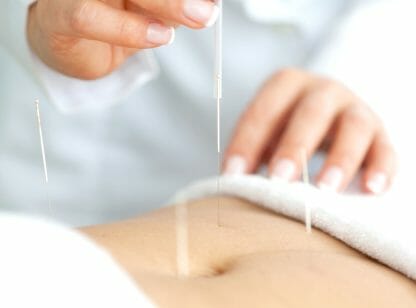
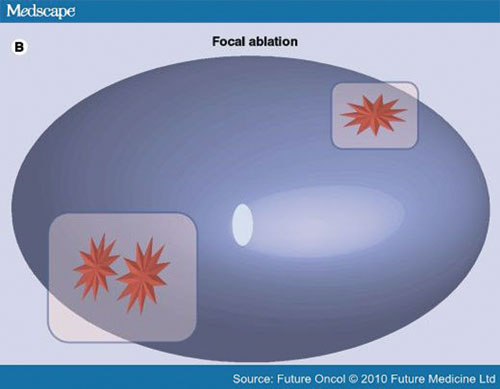





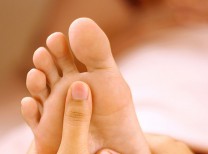
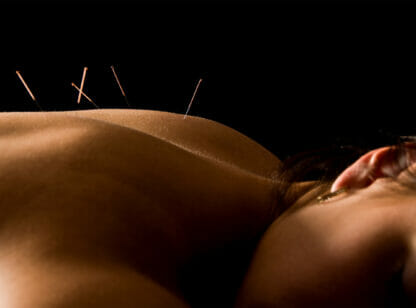
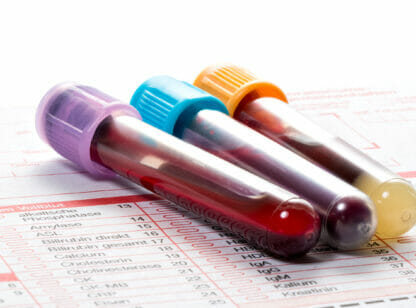




























Comments (0)